Need help? Call us:
- Questions? Call us toll-free +1-800-520-5726
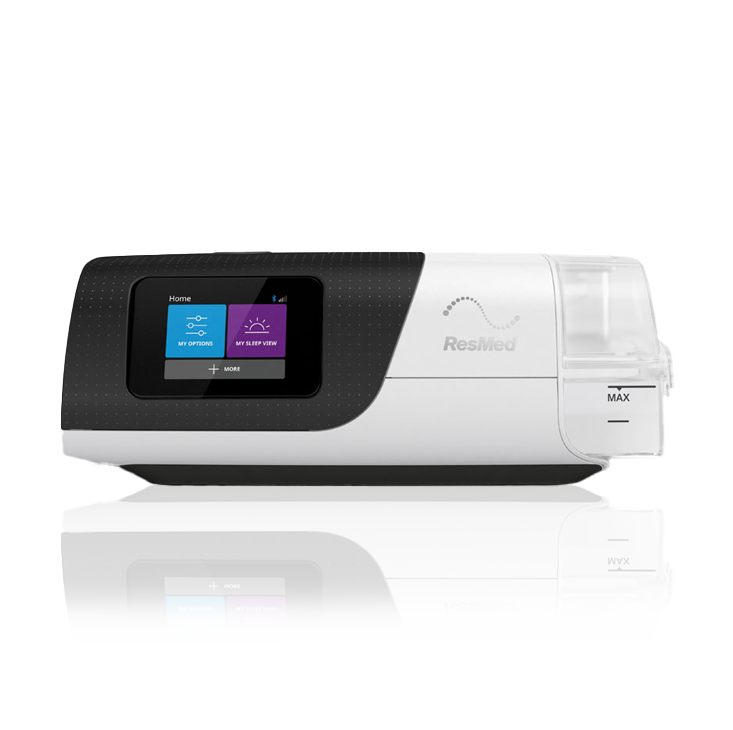
CPAP Masks Finder
Discover your perfect mask fit
- Portable Oxygen
- Home Oxygen
- Oxygen Accessories
- CPAP Machines
- CPAP Supplies
- CPAP Masks
- Mobility
- Bathroom Safety
- Pediatrics
- New Arrivals
Traveling With Oxygen: How to Expedite Security
Traveling With Oxygen: How to Expedite Security

Traveling as a medical oxygen patient can seem like a hassle, especially if you have never traveled with your portable oxygen concentrator before.
If you plan ahead and have all the necessary documents stating you are cleared to travel, then your time spent going through security will be expedited.
Prepare for your Flight in Advance
When booking your trip it is extremely important that you check to see if the airline your flying with approves the make and model portable oxygen concentrator you will be flying with.
You can easily find out if you have an approved portable concentrator on the airlines website, or you can check the “airline policies” section on the Airline Oxygen Council website.
{{cta(‘155910633031’)}}
Airline policies are subject to change without notice, if you do not see your portable oxygen concentrator on the “approved” list then check back frequently, as more portable concentrators are getting added often.
If you are traveling with a portable oxygen concentrator on your next flight, we also recommend calling and telling your airline you are a medical oxygen patient and will be using supplemental oxygen during the flight.
This notice will give the airline enough time to prepare for any additional scheduling modifications needed to schedule specially trained staff for your flight.
The flight staff may also ask you to demonstrate proper knowledge to operate the machine, as well as if your battery has the required 150% battery life of the entire flight.
The two most important documents you need to have besides your ticket are your oxygen prescription and a doctors note, which states your doctors approval for you to fly.
You may be asked to pull these documents out at security as well as at the front gate, so it’s important to keep these items extremely accessible.
How to Handle Security
Upon arriving at security the method for you getting screened depends on if you can safely disconnect from your portable oxygen concentrator or not.
This is also a very important question you need to ask your doctor before you head to the airport.
Knowing the answer to this question will speed up the security process, when it is your turn let the TSA agent know whether you can disconnect your portable oxygen or not.
Screening Methods with a Safe Disconnect:
- Metal Detectors
- Imaging Equipment
- X-Ray
- The Portable Concentrator will also be Inspected for Explosive Material
- An X-Ray Inspection may also be done to the Portable Oxygen Concentrator
Unable to Safely Disconnect:
- A Thorough Pat Down will be Administered
- Metal Wand Detector
Let it be known that pat downs are also administered when the metal detector is triggered, or if something was pulled up when walking through the imaging equipment.
If this ever happens to you there is no need to worry an agent will simply pull you off to the side and administer additional tests, often times it was something as little as spare change or a belt.
Being prepared for security can take loads of time off your commute to the gate, by keeping your oxygen prescription and a note from your doctor clearing you to fly handy.
This way TSA agents can safely and accurately perform their job to scan every passenger in a timely fashion. And it makes traveling with oxygen that much easier.
{{cta(‘6512e2d8-fec0-402c-9a11-aaec5b9defec’,’justifycenter’)}}


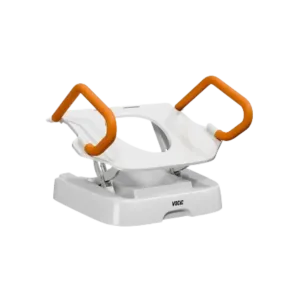
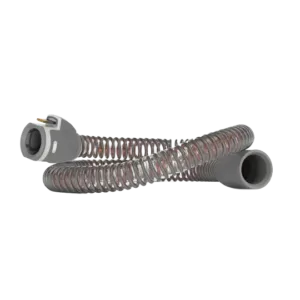
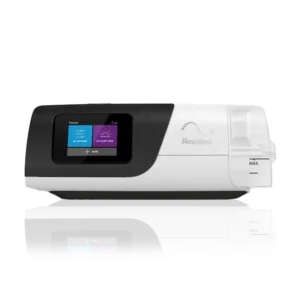
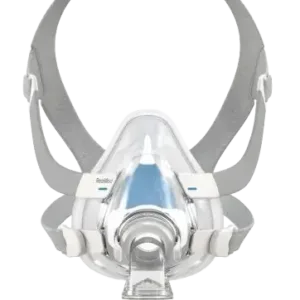
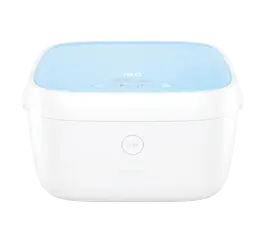
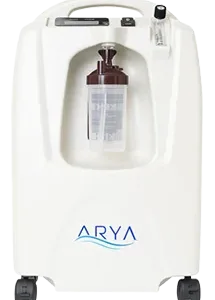
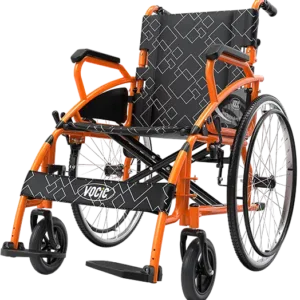
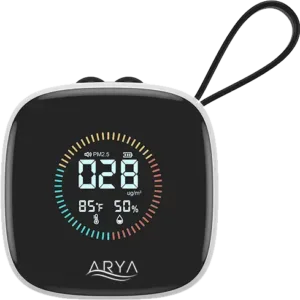
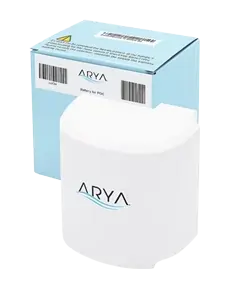
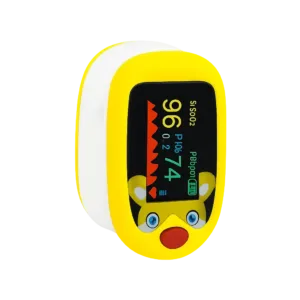
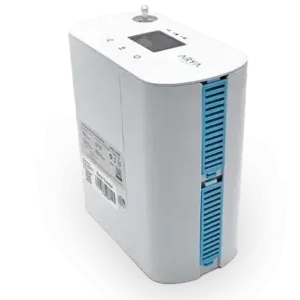


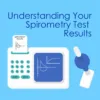


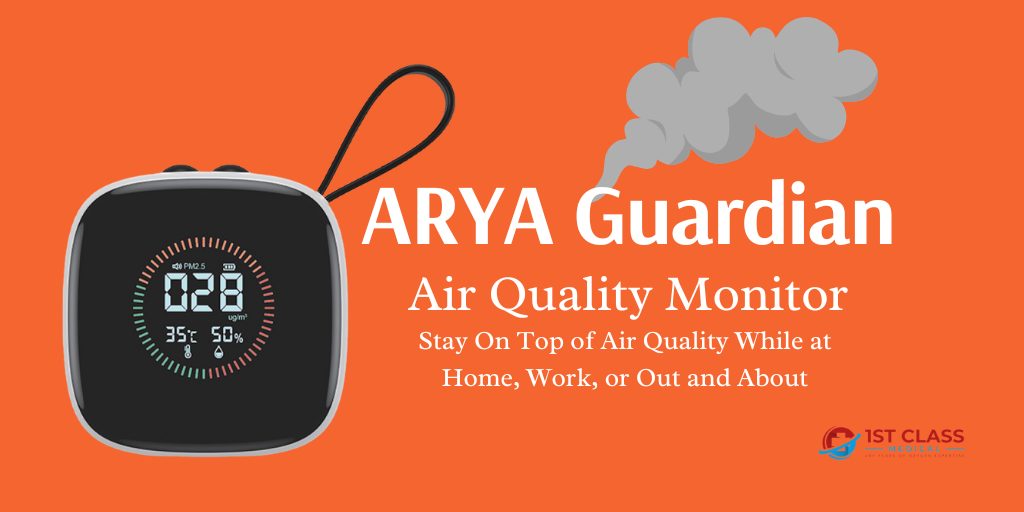

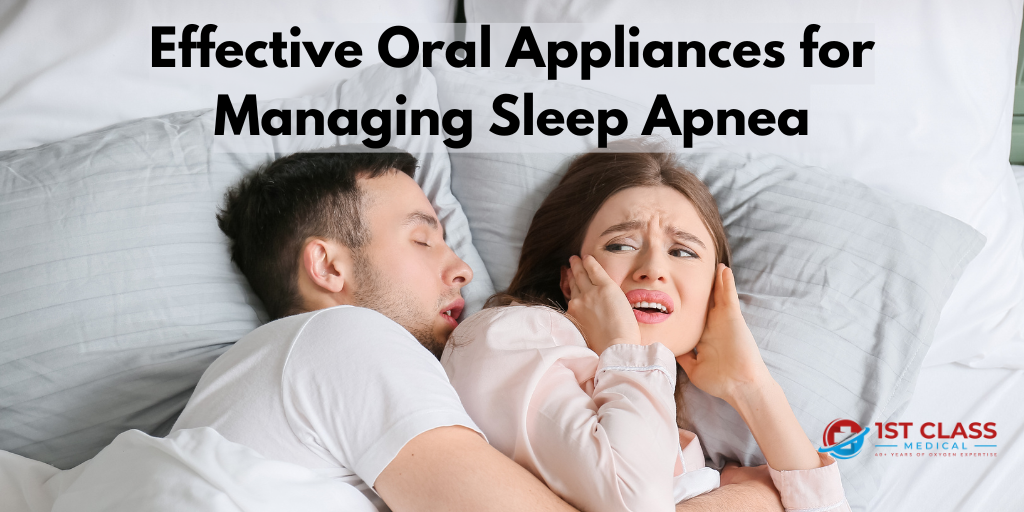
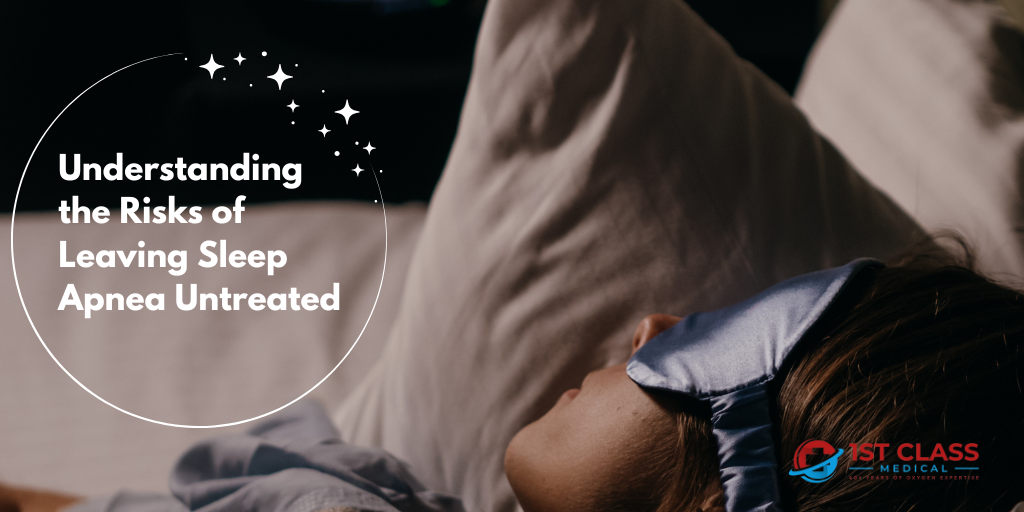
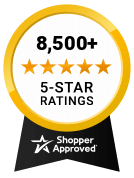
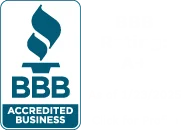
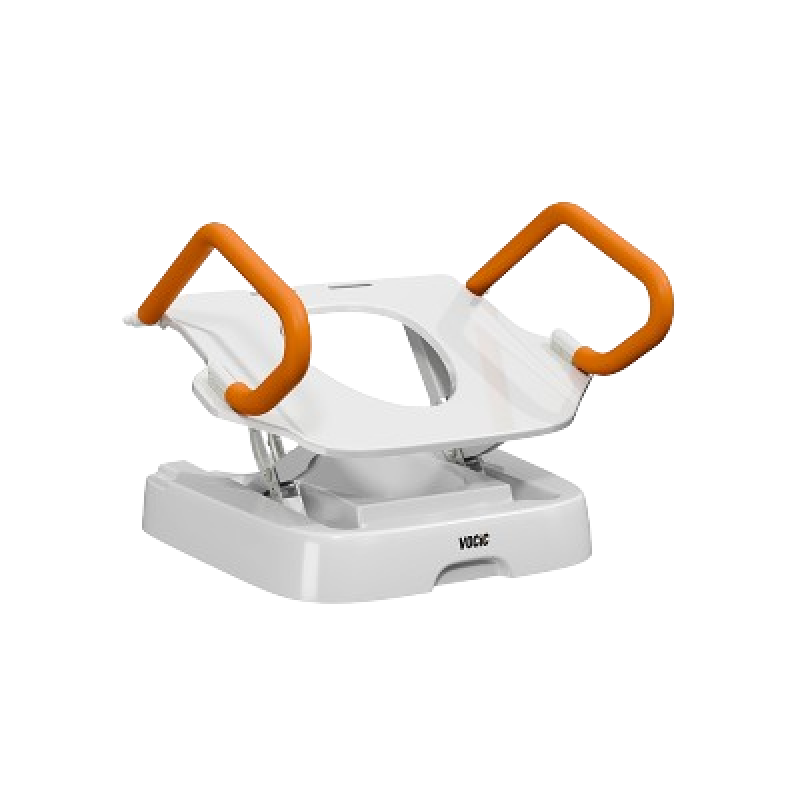
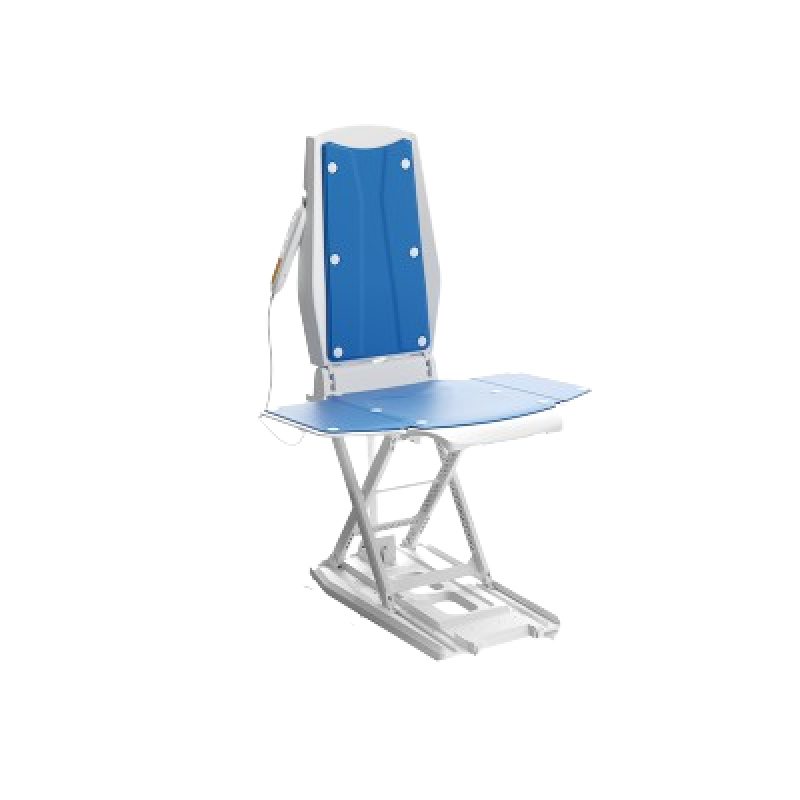
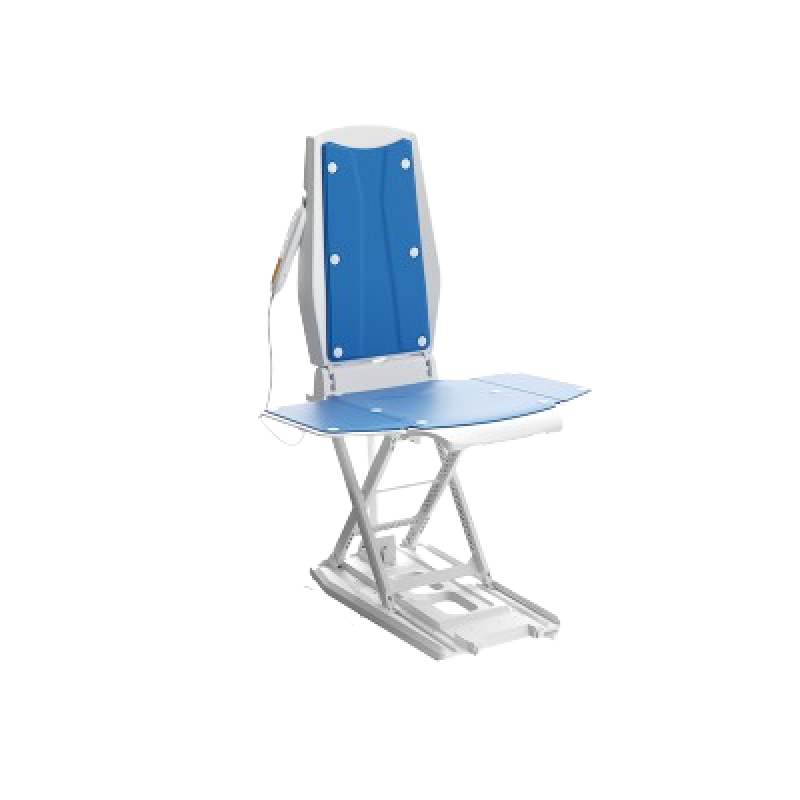
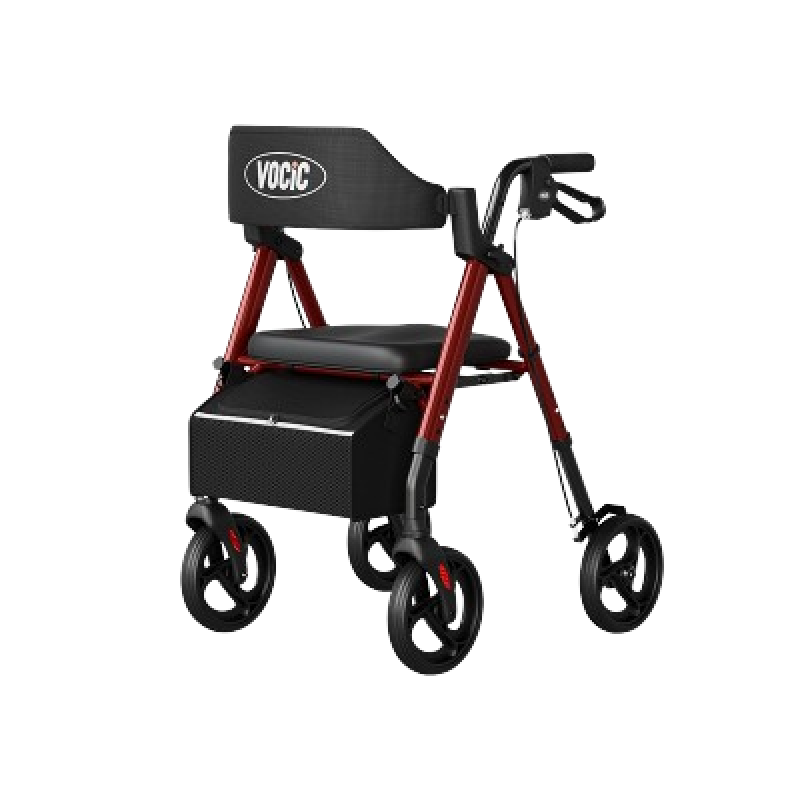
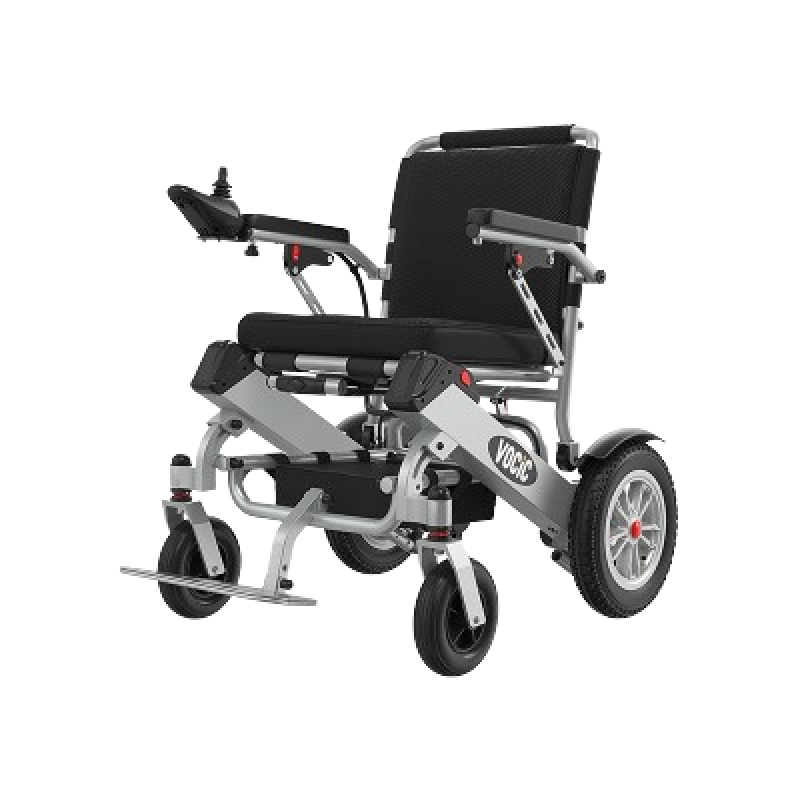


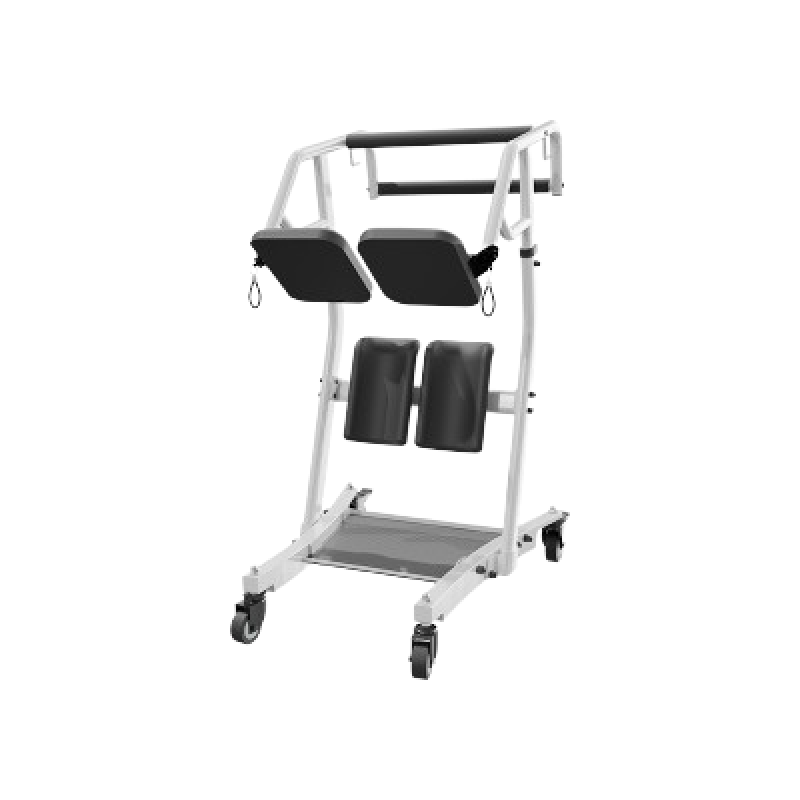
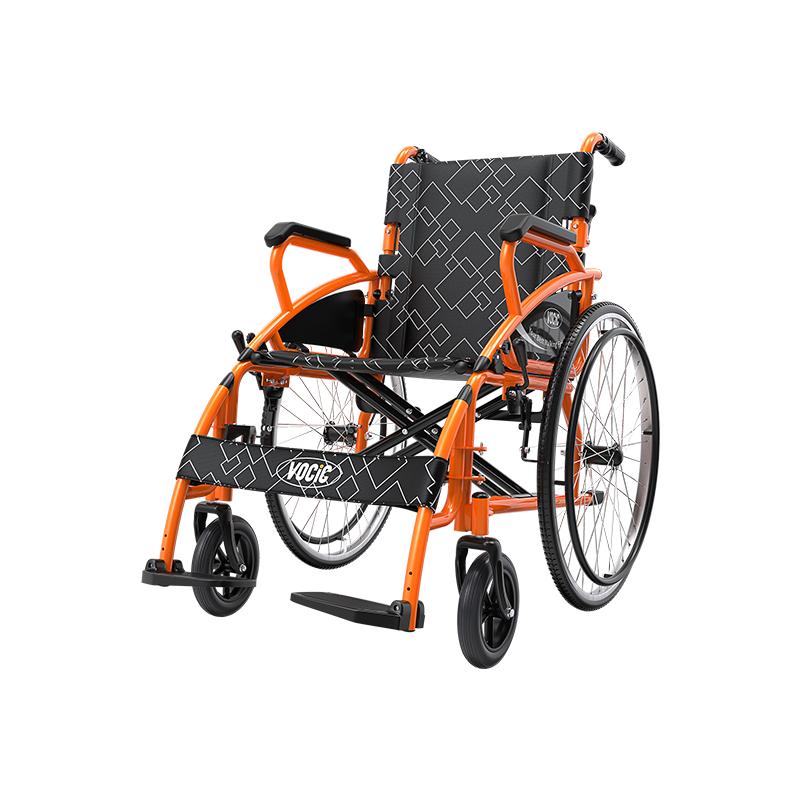

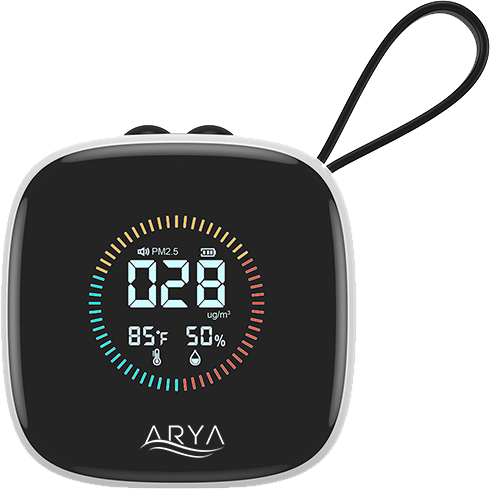
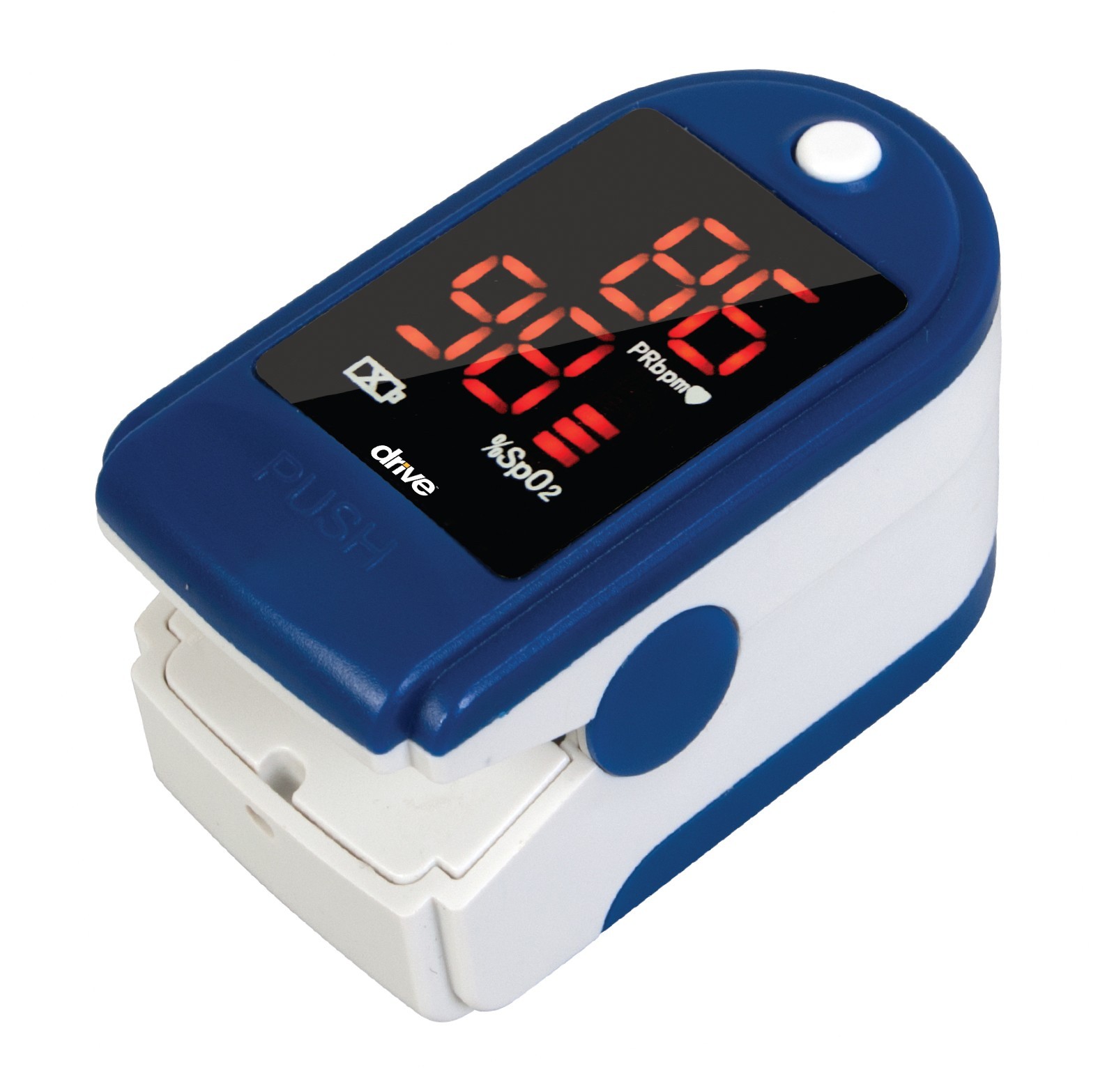

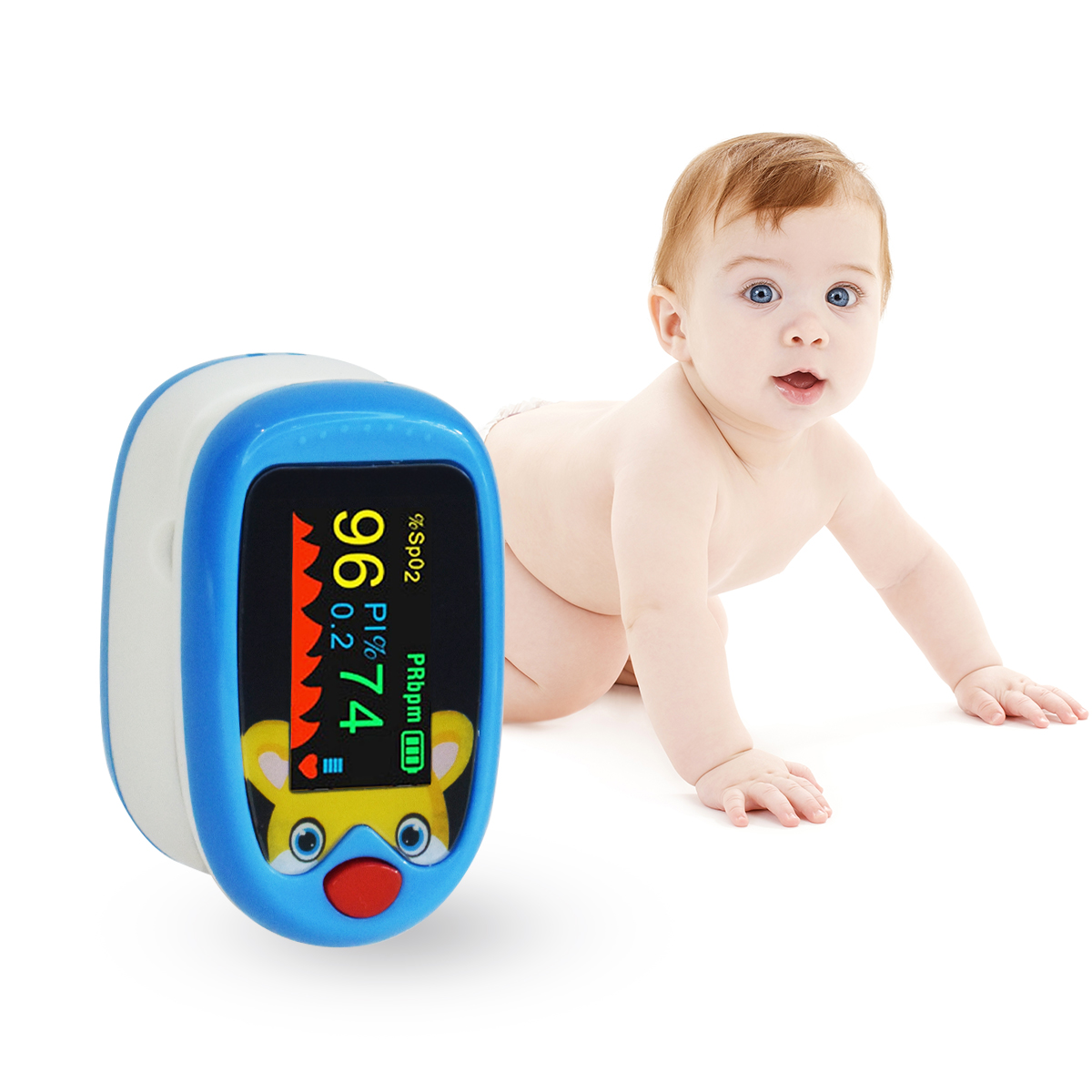
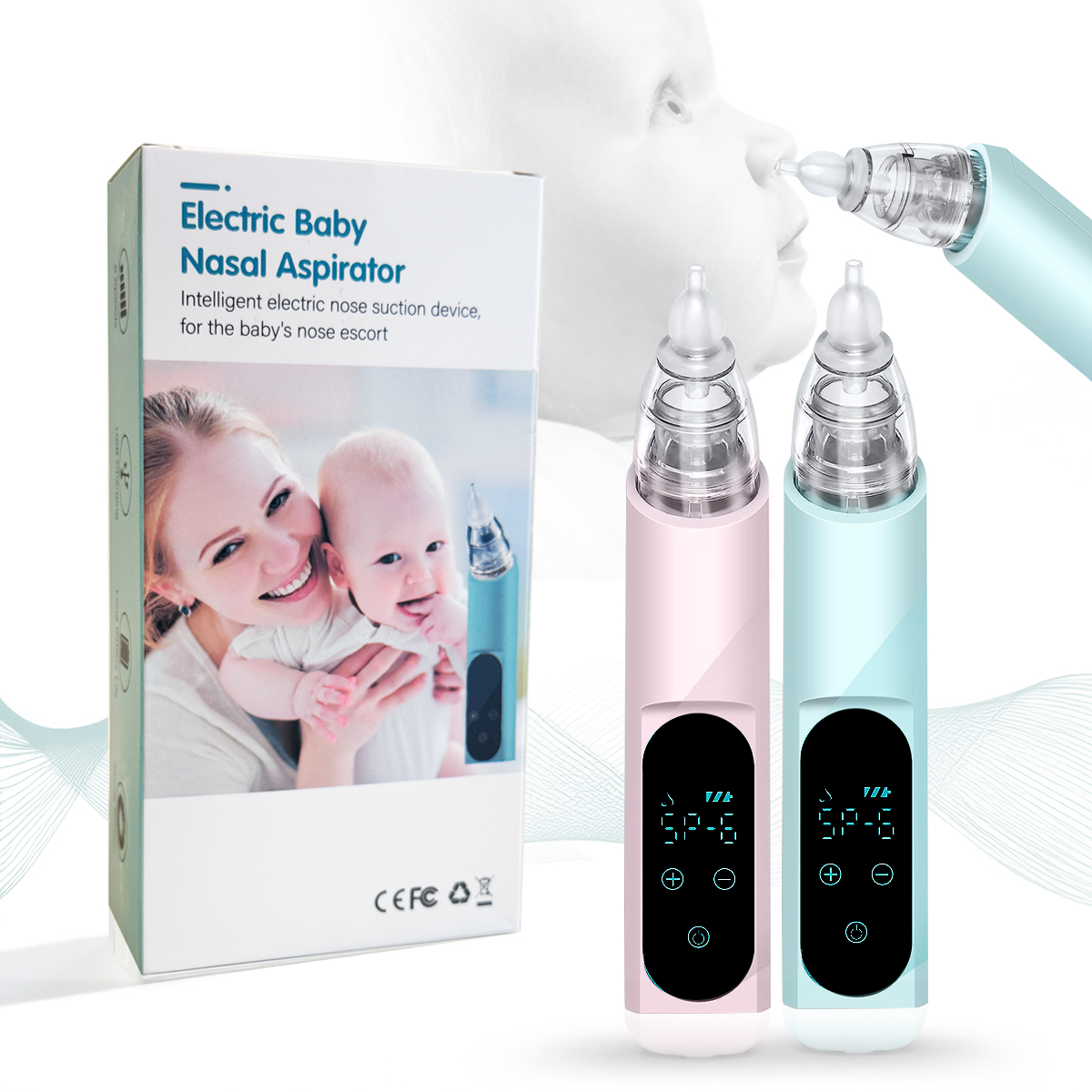
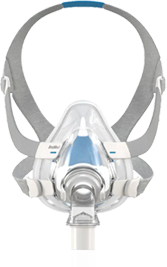
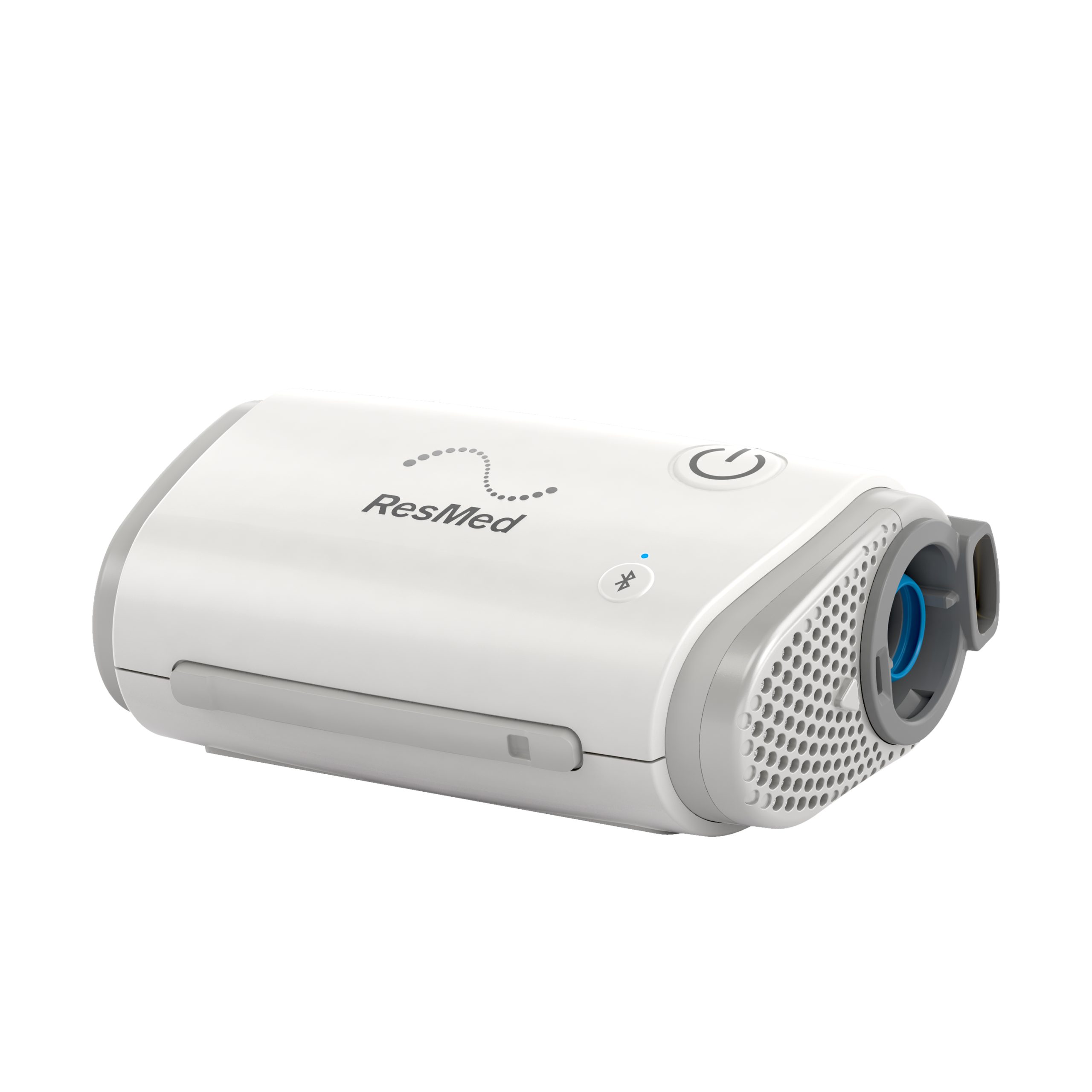
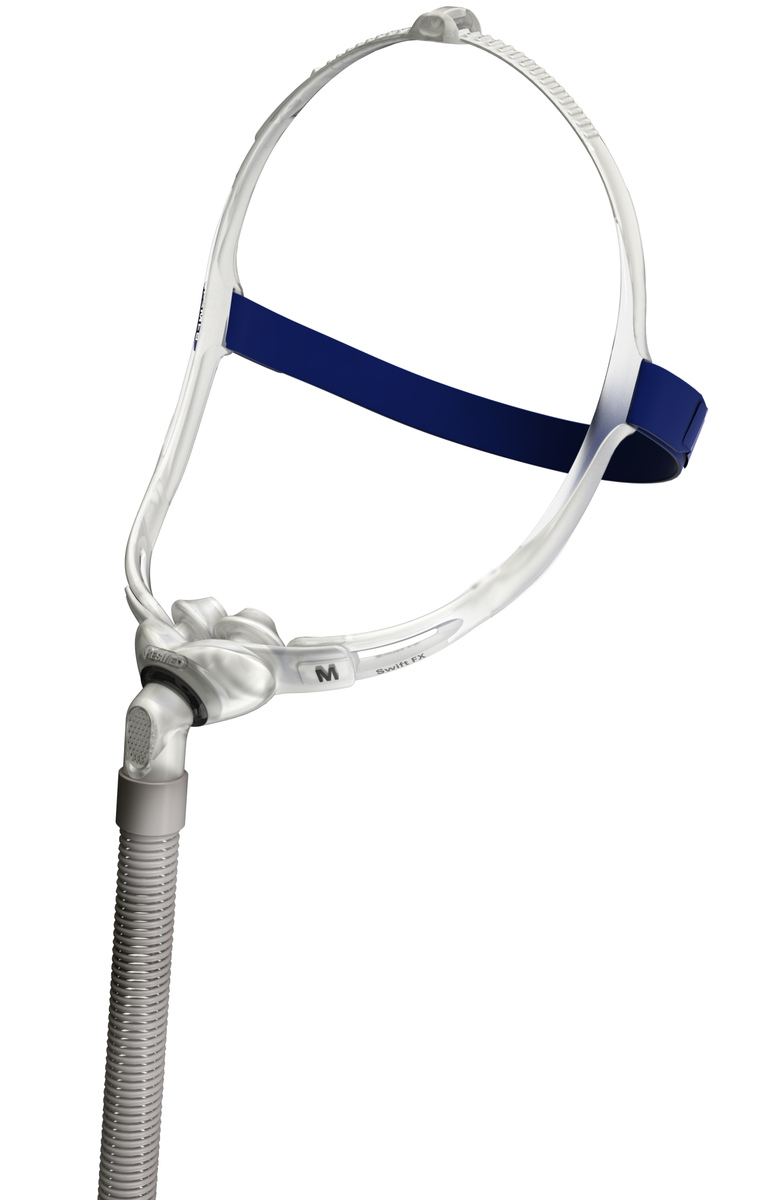
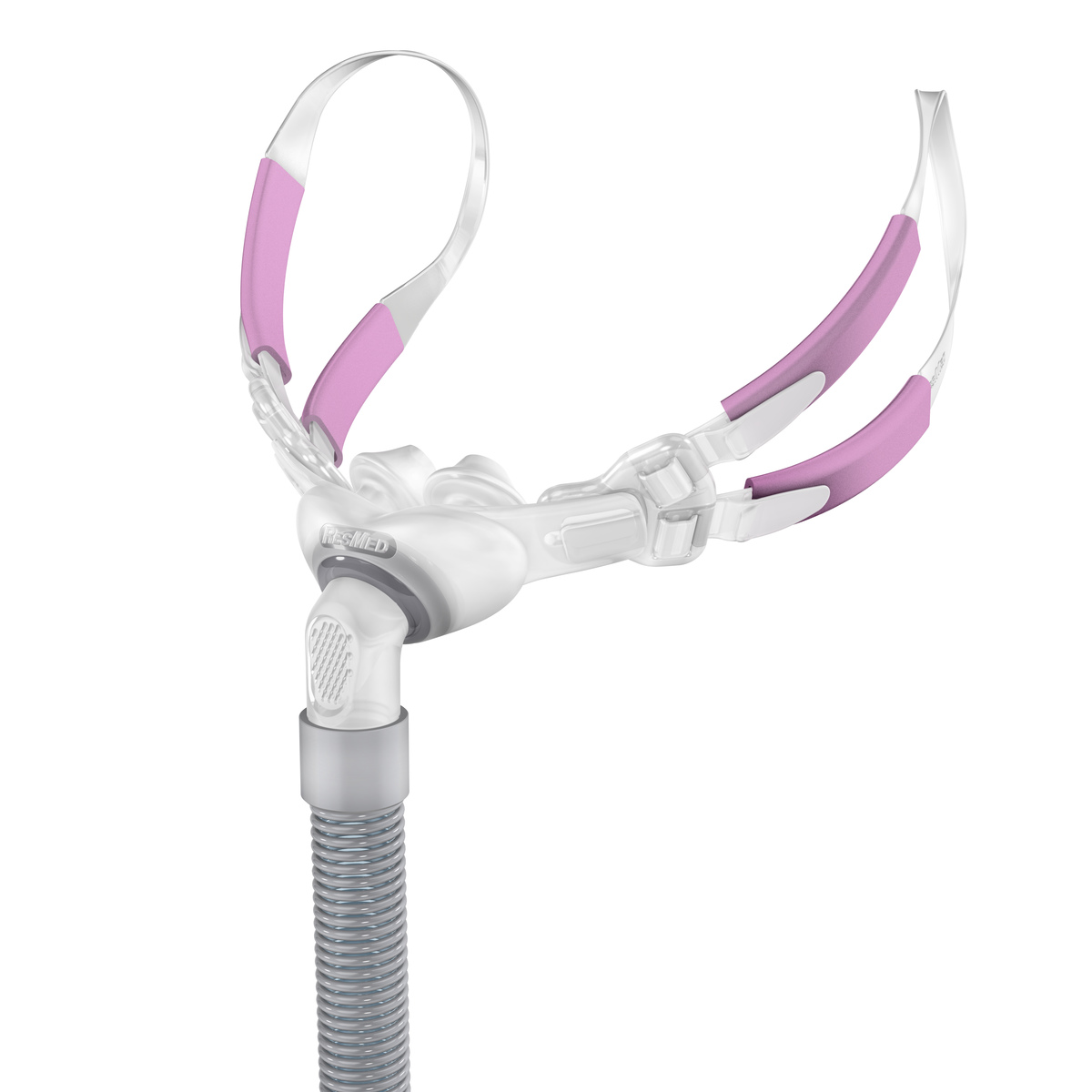
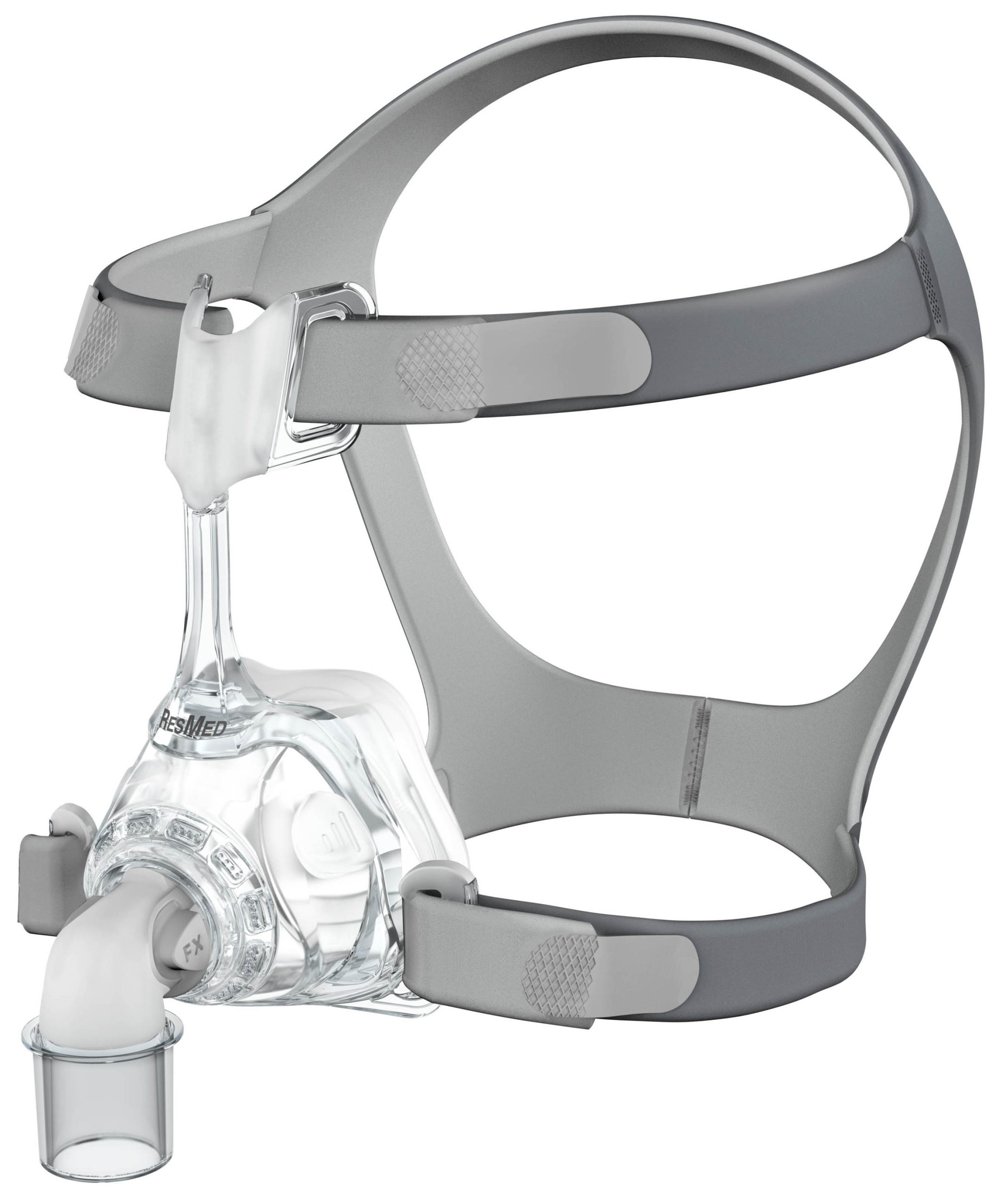
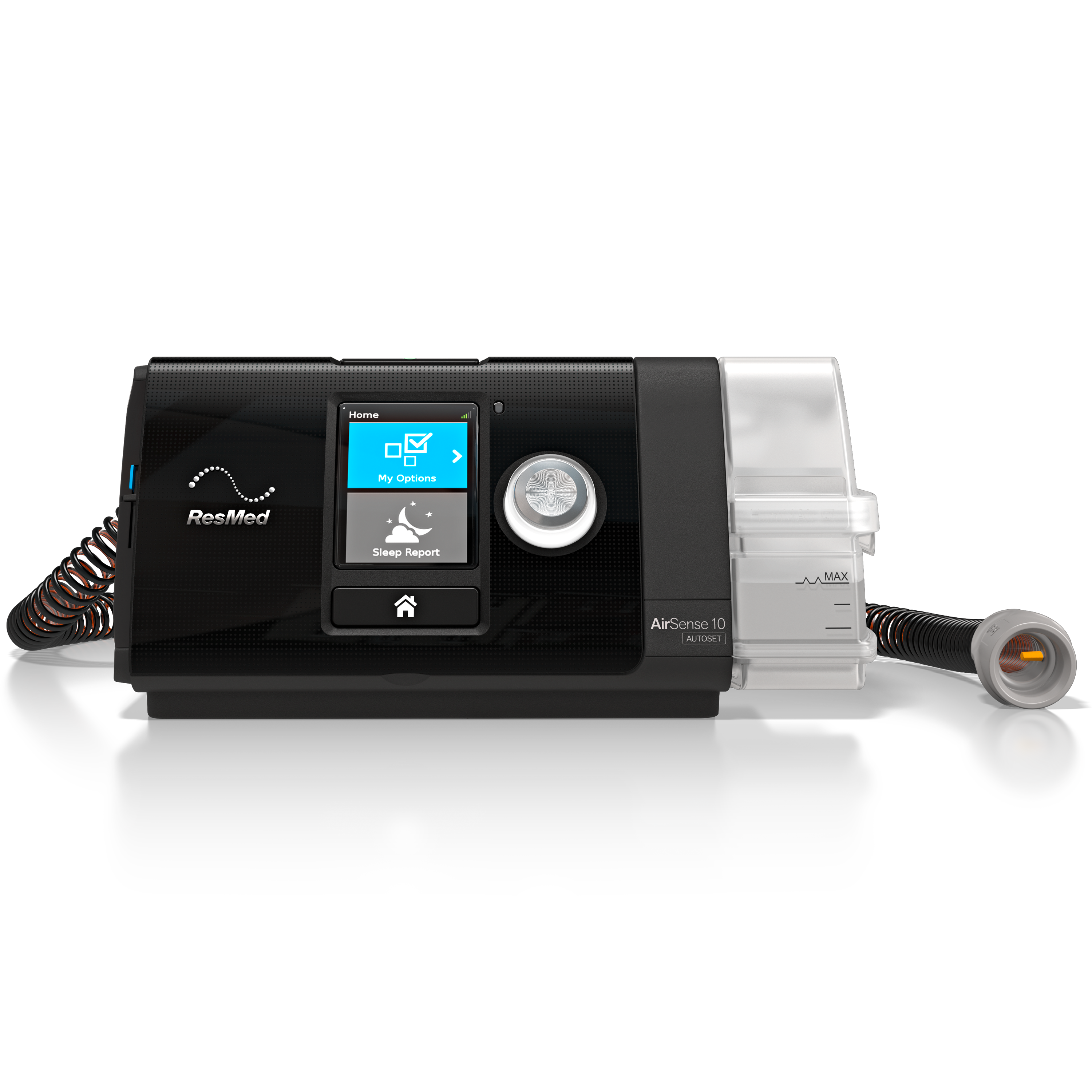
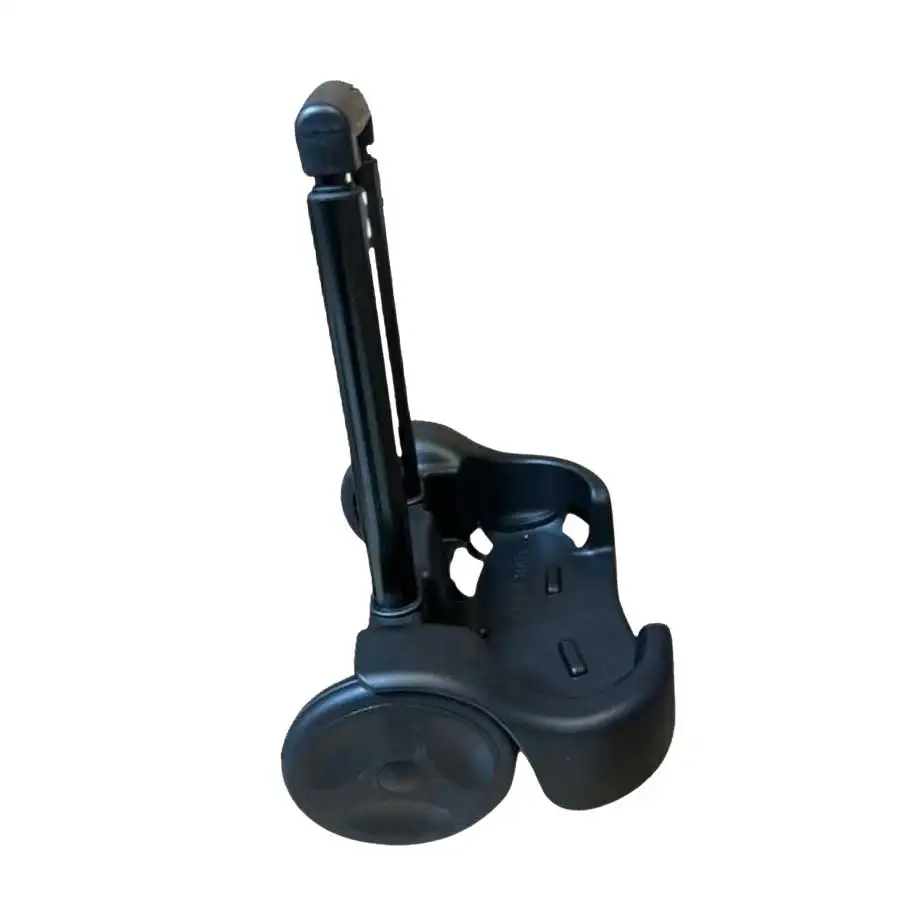
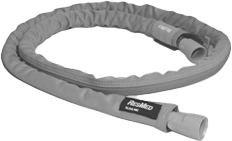
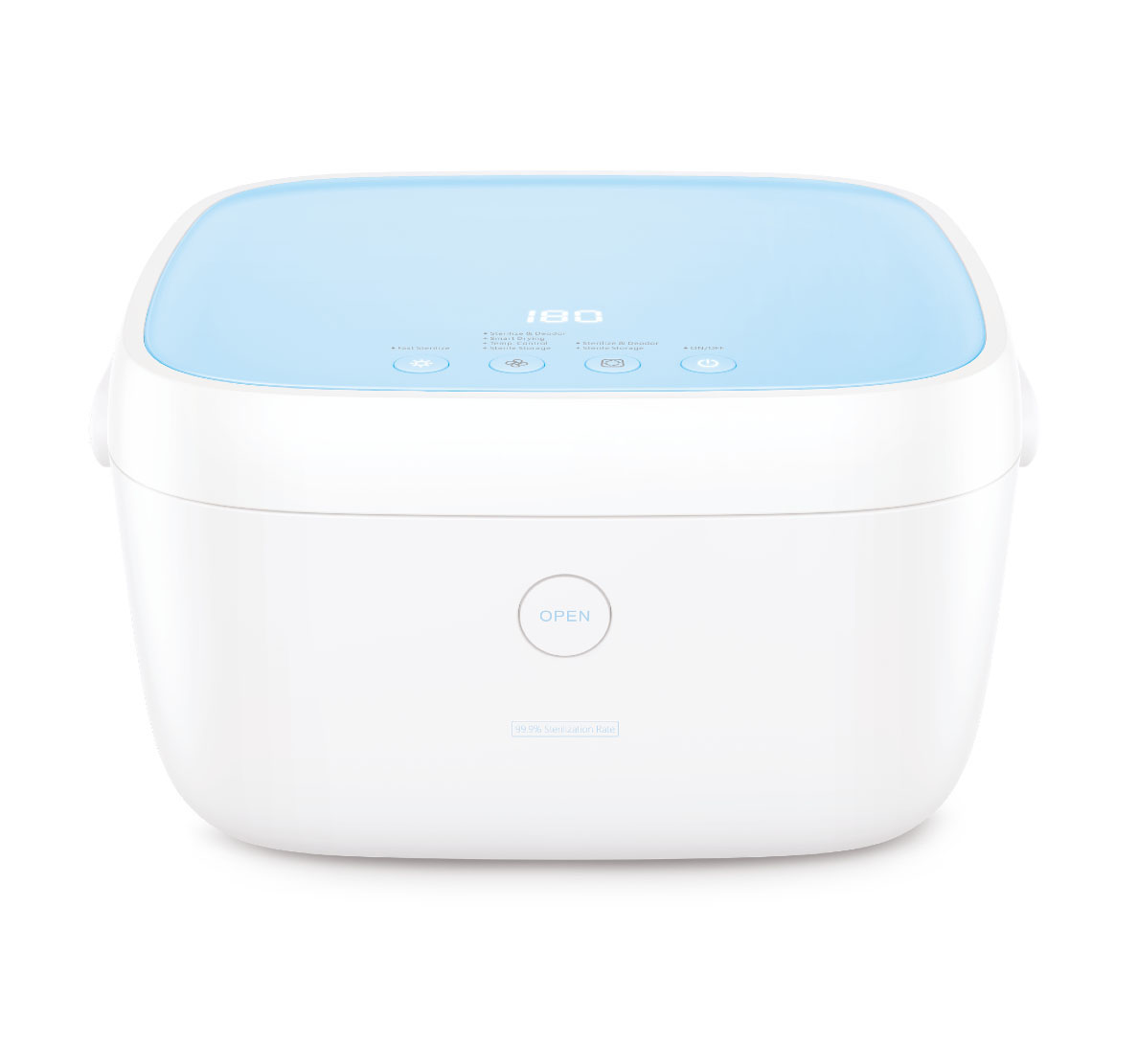
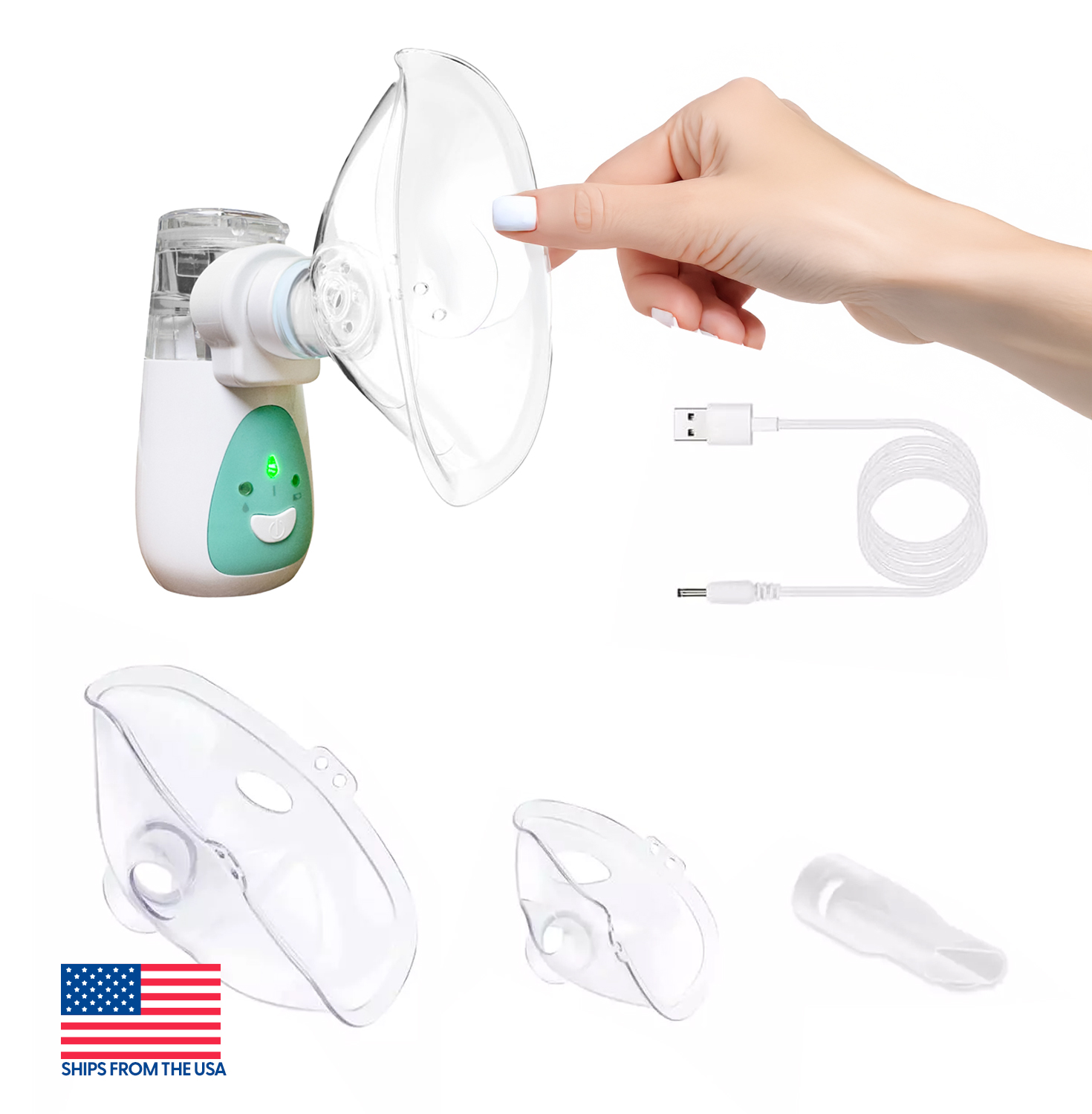
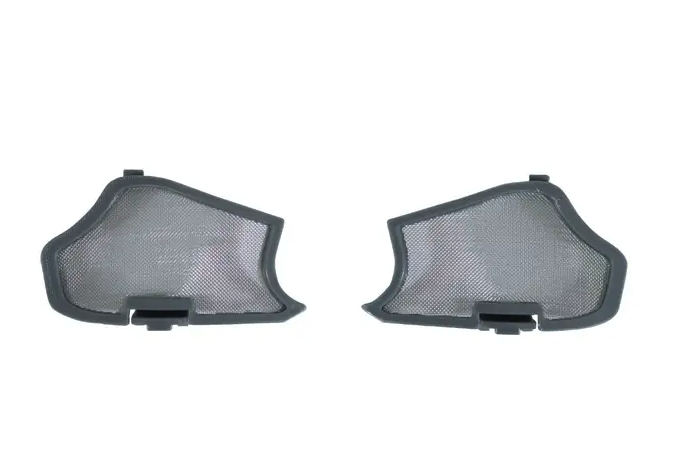

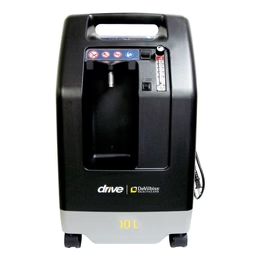
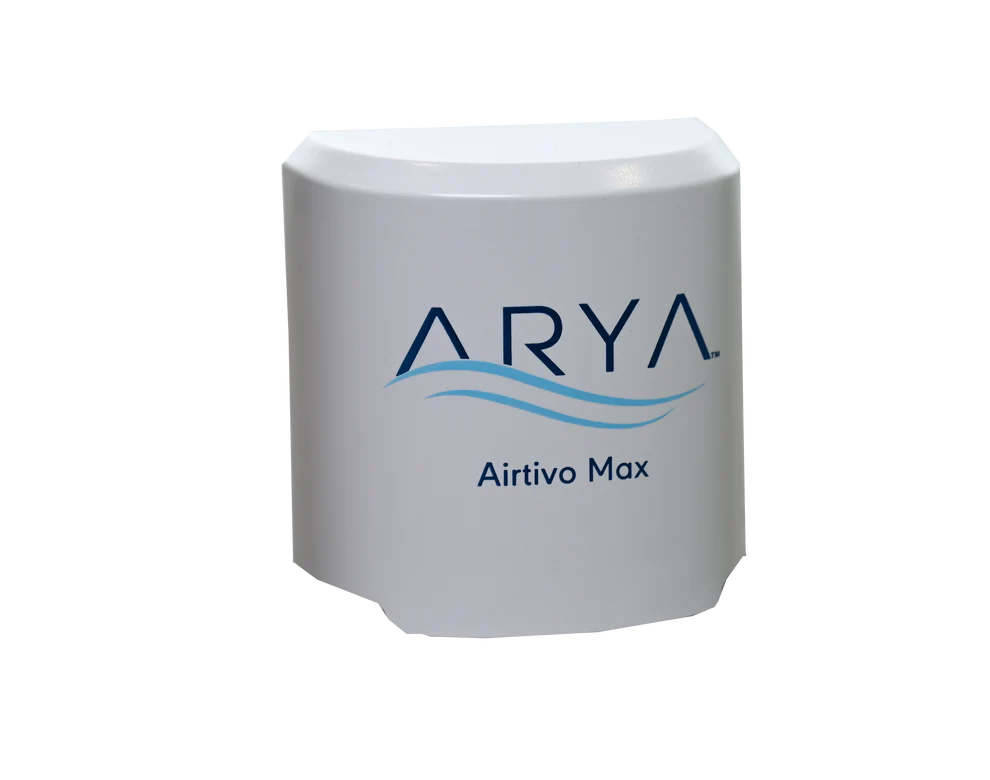
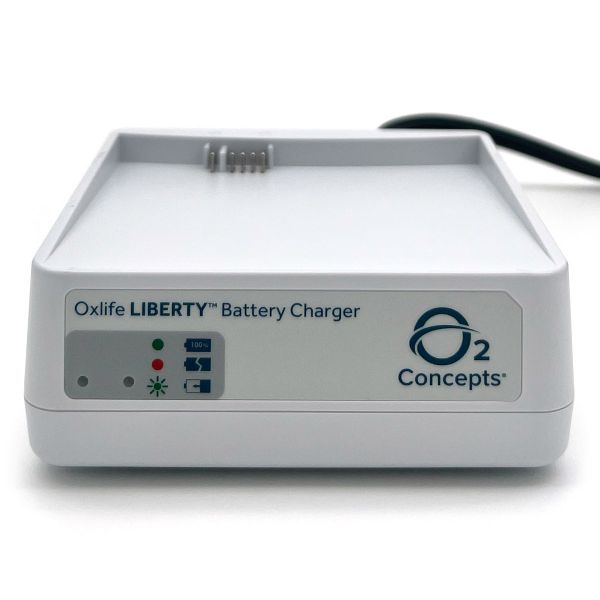
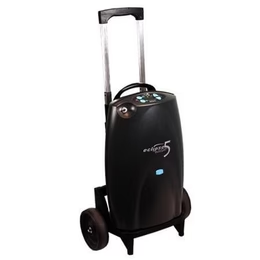
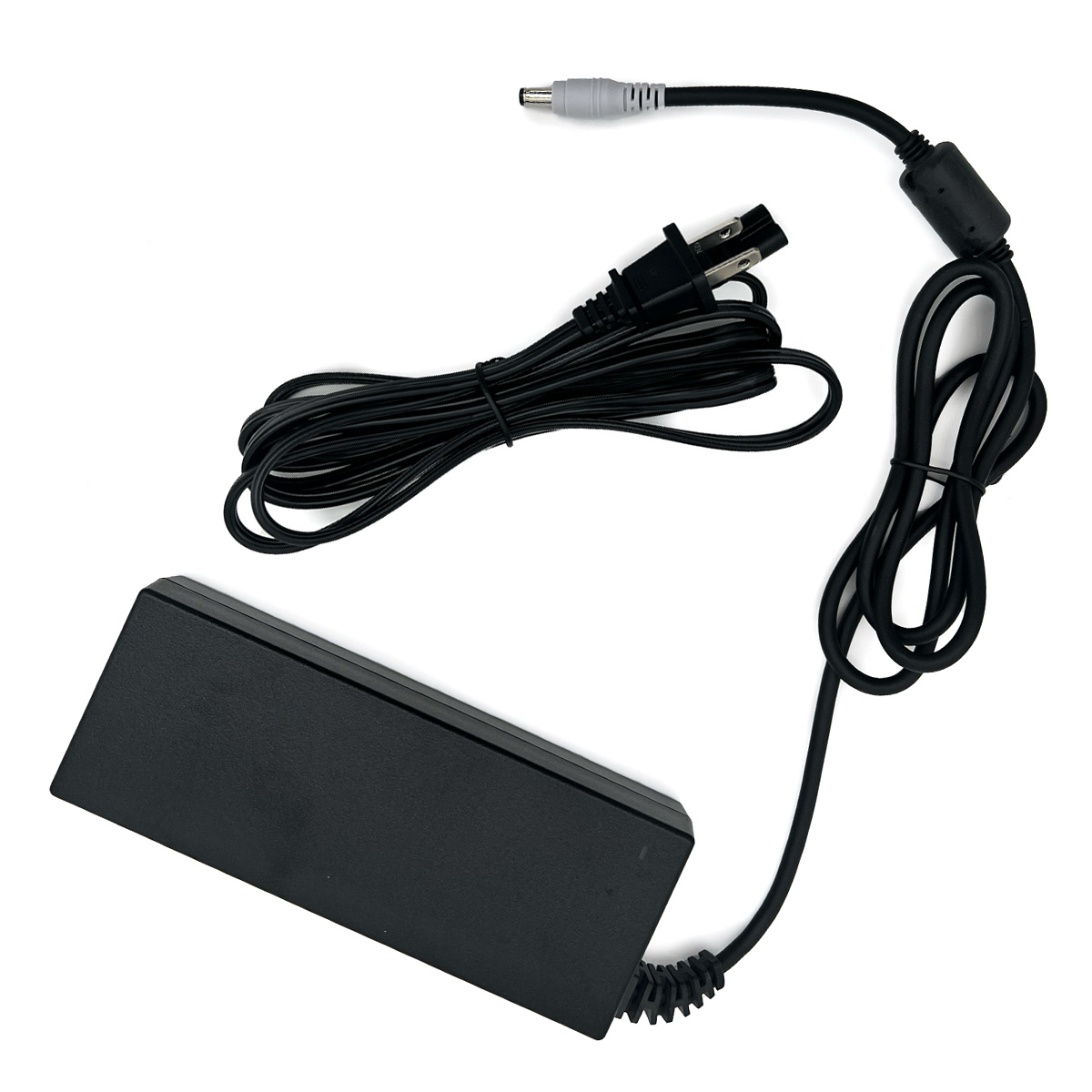
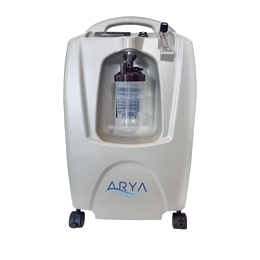
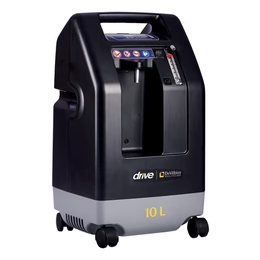
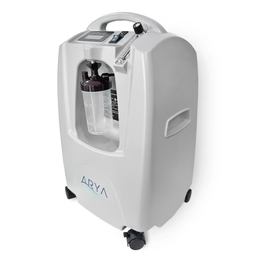
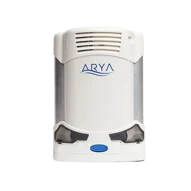
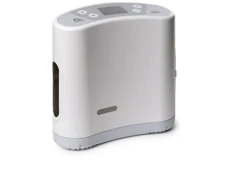
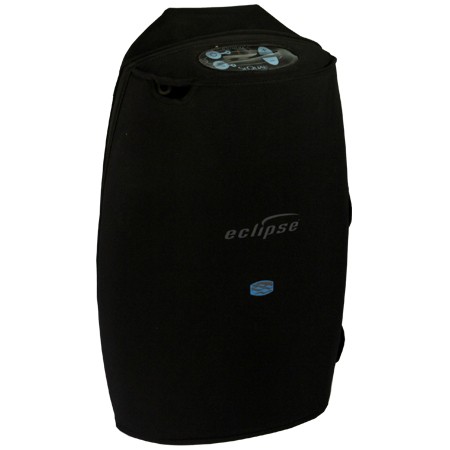
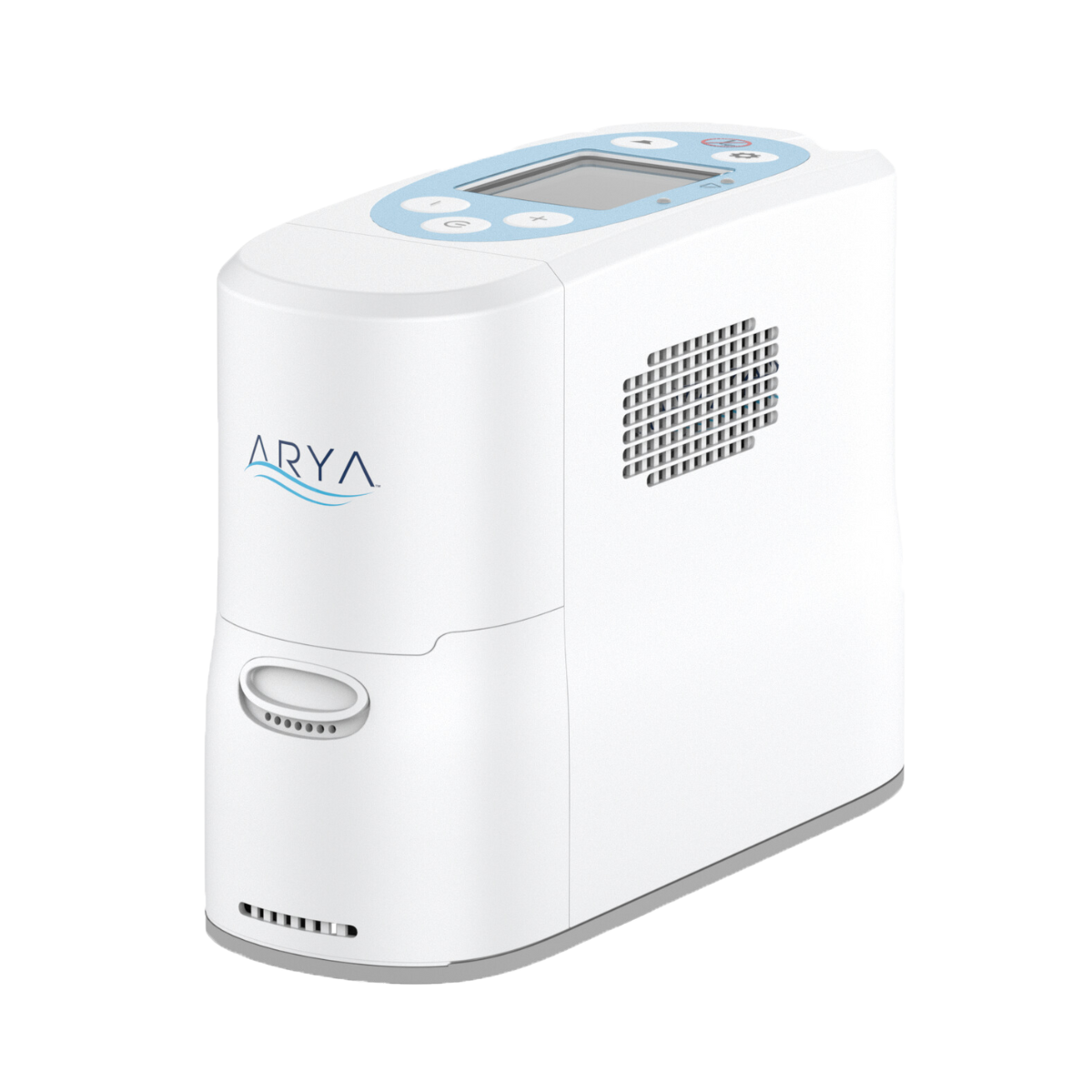
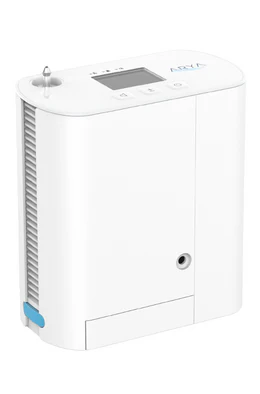
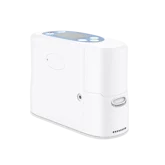
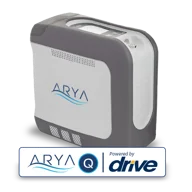
Comments are closed